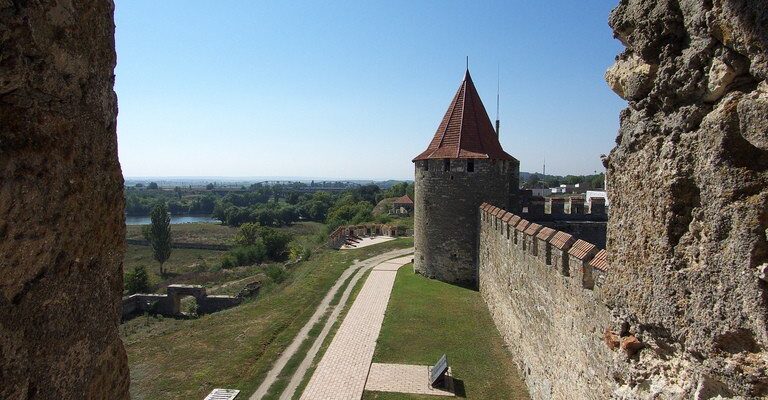Bender Fortress (Cetatea Bendér)
Bender Fortress is an architectural monument of the 16th century. It is located on the right bank of the Dniester River in the Moldavian city of Bender.
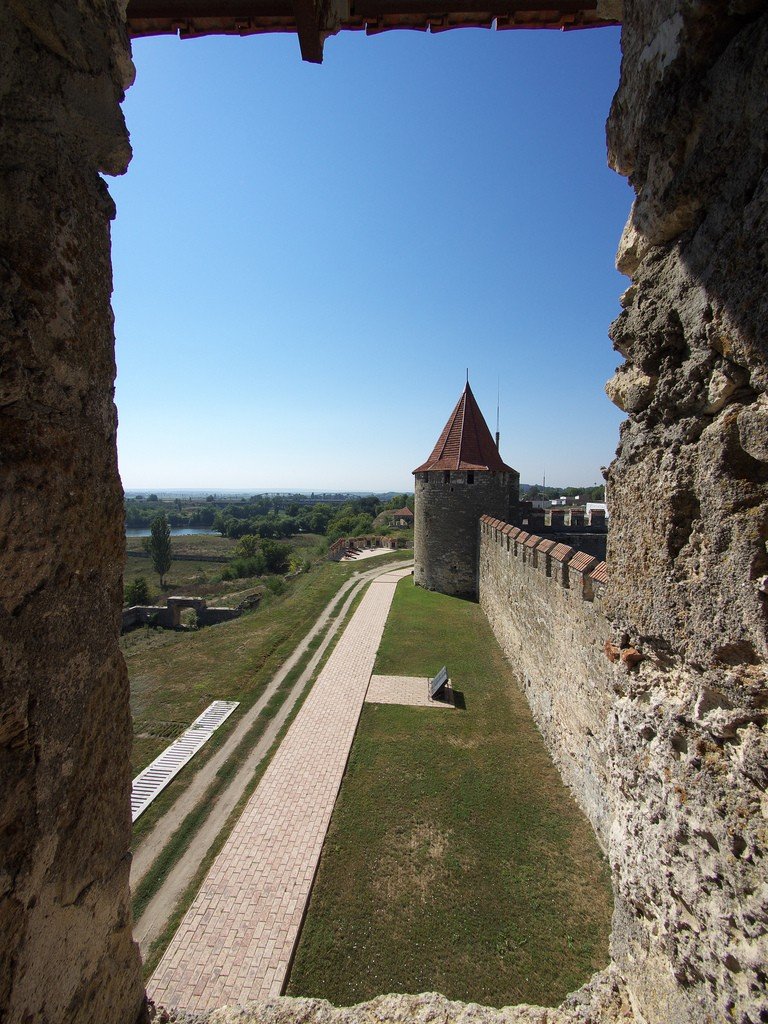
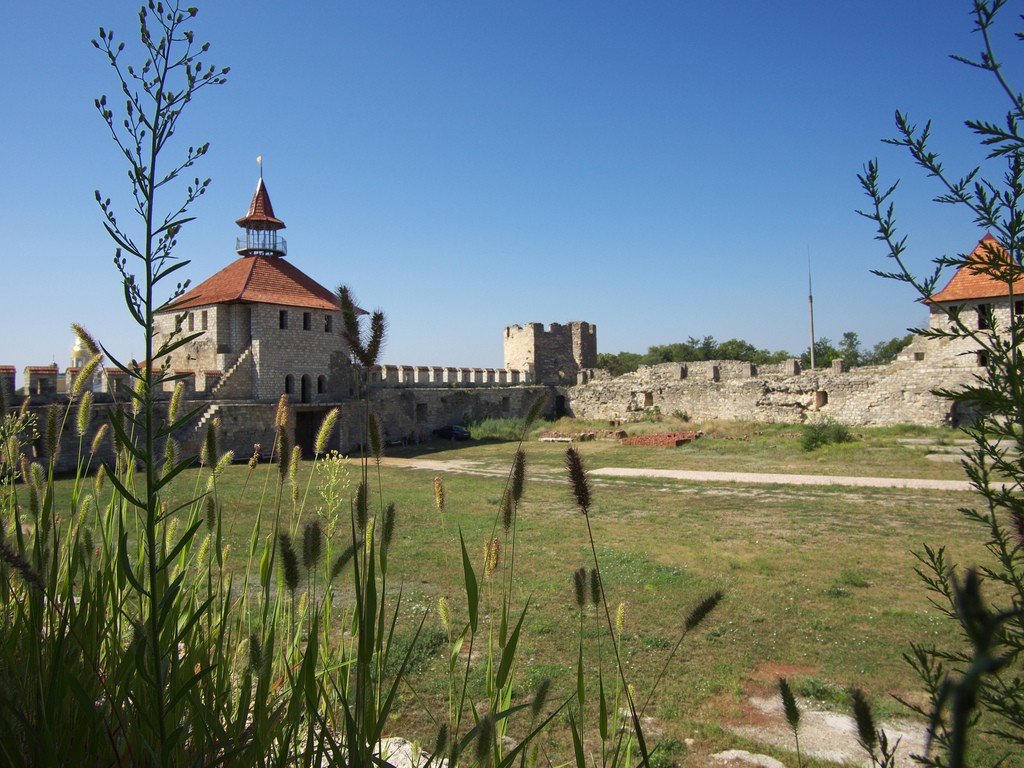
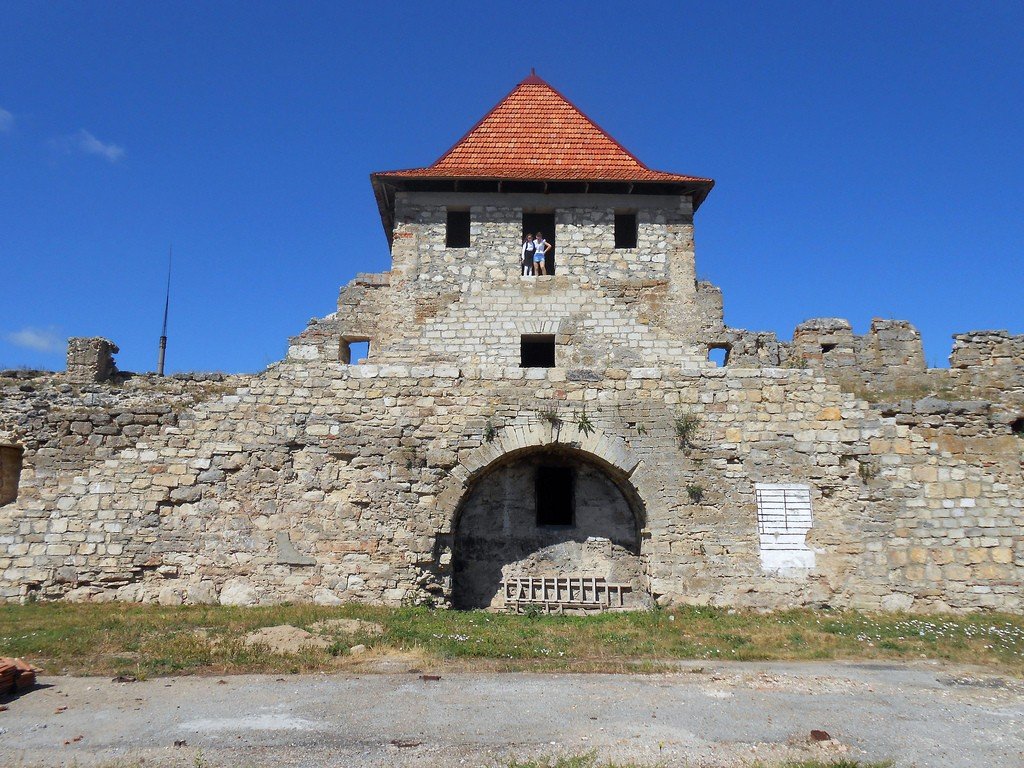
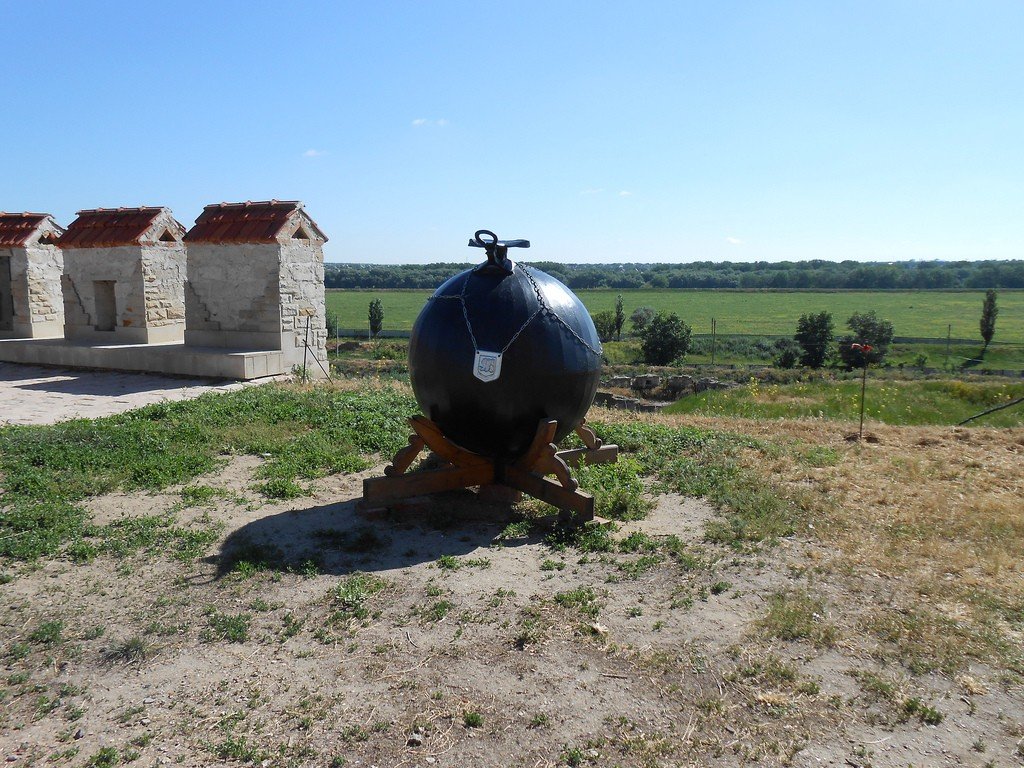
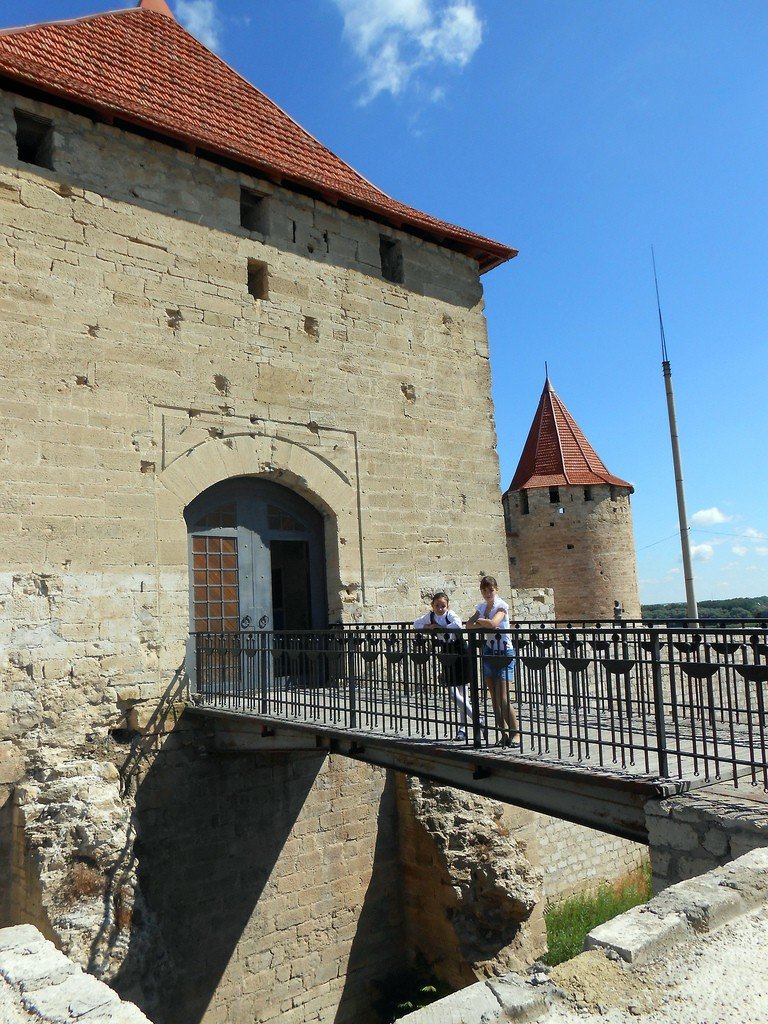
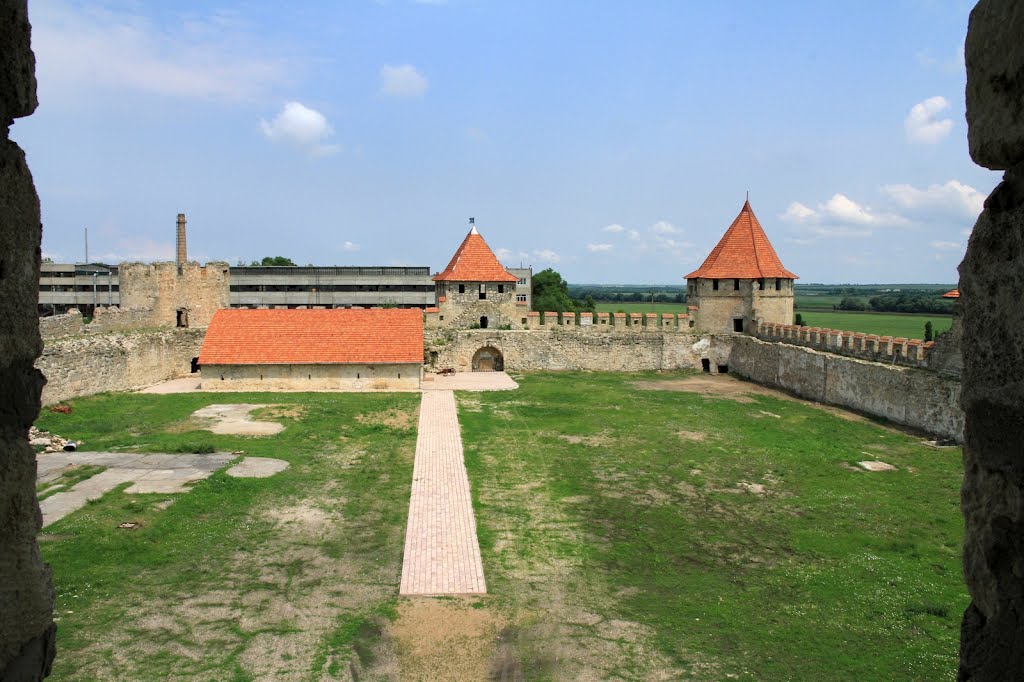
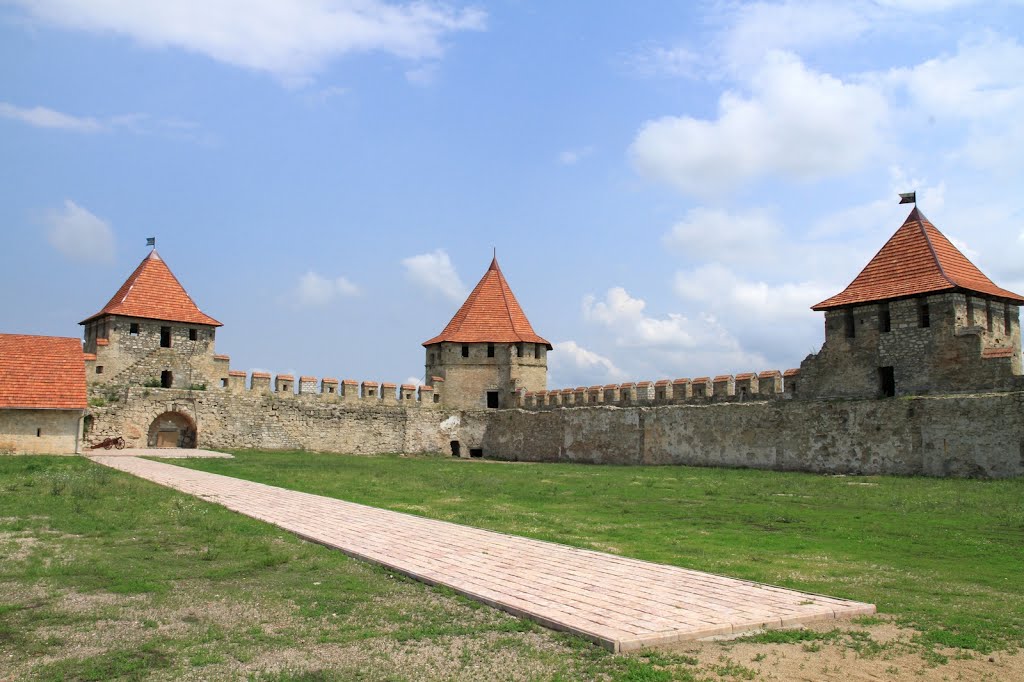
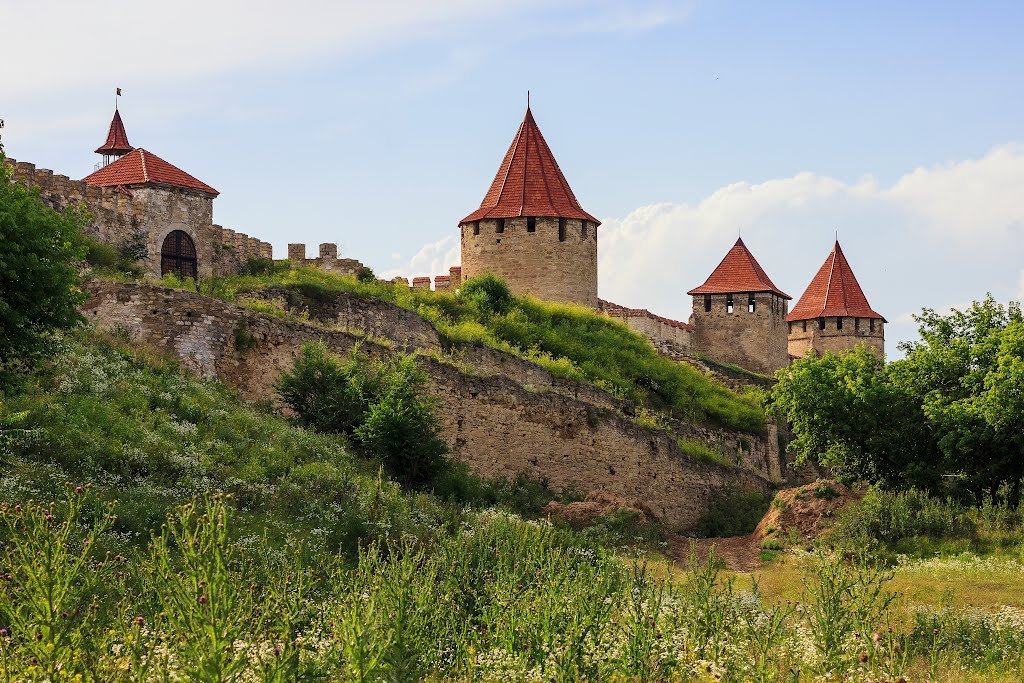
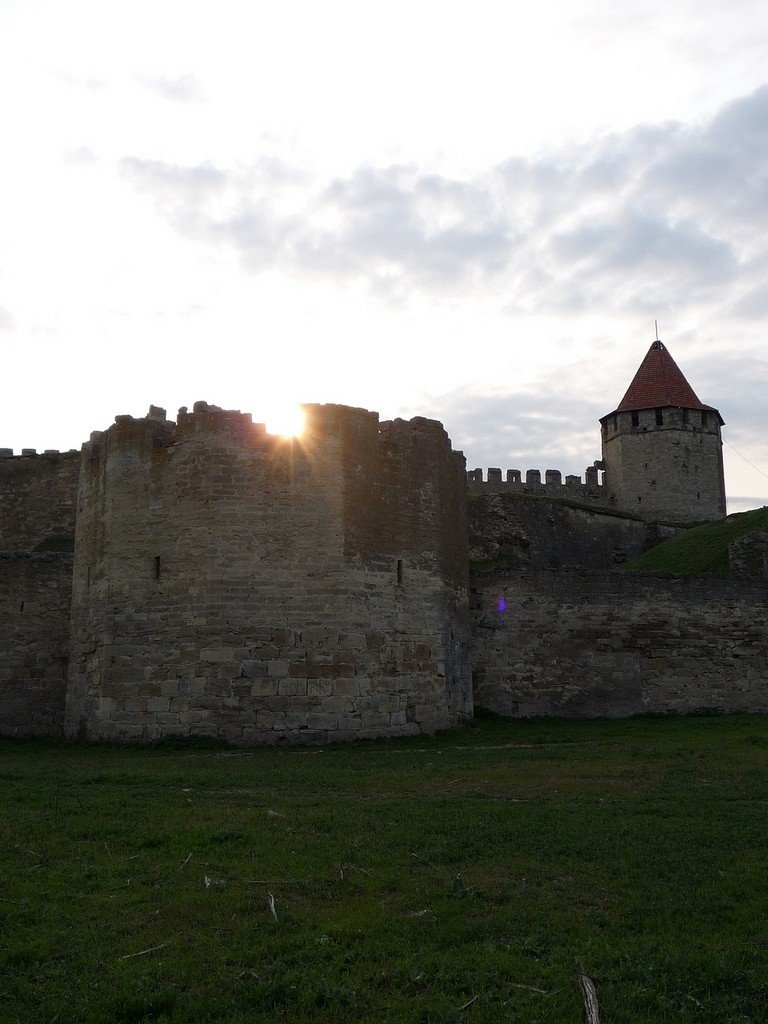
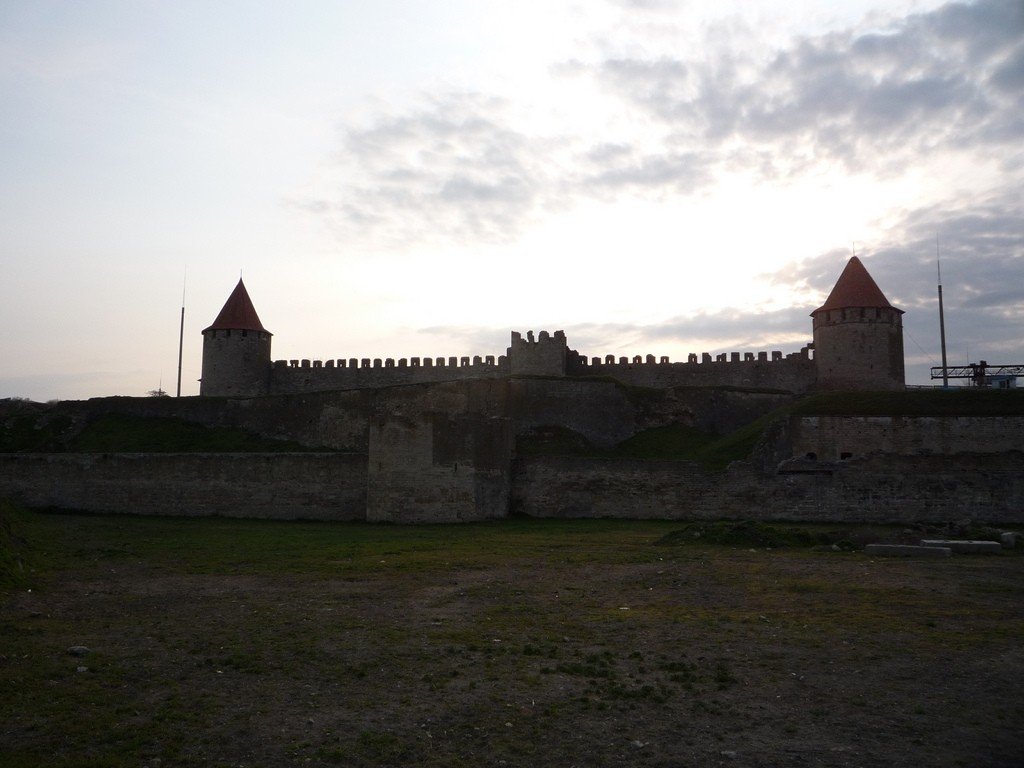
History
The fortress was designed by the Turkish architect Sinan and modeled after Western European bastion-type fortresses. Construction began in 1538 after the city became part of the Ottoman Empire. It was surrounded by a high earthen rampart and a deep moat that was never filled with water. The fortress was divided into upper, lower parts and the Citadel. The total area was about 20 hectares. On the south-western side of the fortress there was a settlement. The favorable strategic position on the elevated bank of the Dniester near its confluence with the Black Sea made the city one of the strongholds of the Turks’ struggle against Russia. The Bender fortress was called “a strong castle in the Ottoman lands”. One of the first extant descriptions of the fortress was left by Turkish traveler and writer Evliya Celebi.
.
Over the years there were a number of unsuccessful attempts to capture the fortress. In the winter of 1540, the Moldavian army under the leadership of Hospodar Alexander Corni laid siege to the Bender fortress, but failed to seize it. In 1574, after the capture of Bucharest, the lord Ion Vode Lyuty together with the Cossacks of hetman Ivan Sveretsky suddenly approached Bender and besieged the fortress. The Turks were taken by surprise. The Moldavian-Cossack army quickly occupied the settlement, but the walls of the fortress stood firm. Due to the fatigue of the troops, the lord organized a camp on a dominating height to the north-west of the fortress, but a new assault could not be launched, as large Turkish reinforcements arrived from Akkerman. Ion Vode defeated the enemy, but the Turkish Sultan ordered the Crimean Khan to gather an army and move to the Danube. Upon learning of this, Ion Vode was forced to lift the siege of Bender.
In 1584, the Turks forced Moldavian Gospodar Peter Lame to repair the Bendery fortress. In 1594, the Zaporozhian Cossacks led by Hetman Grigory Loboda and Severin Nalivaiko tried to seize the fortress, the settlement was again burned to the ground, but the fortress could not be captured. Both Moldavian and Cossack forces were too small to capture one of the most protected Turkish fortresses. In addition, none of the besiegers did not have the appropriate artillery necessary for the assault.
.
Russo-Turkish Wars
During the Russo-Turkish wars of the 18th and 19th centuries, the Bender fortress was taken three times by Russian troops.
.
The fortress was taken after heavy and bloody hand-to-hand fighting, and inside the fortress fights were fought for almost every house. The Turks were killed 5 thousand people, 2 thousand were taken prisoners, 2 thousand scattered. Russians lost during the attack more than one fifth of the whole army (more than 6 thousand people). The storming of Bender became for Russia the bloodiest battle in the war of 1768 – 1774. “Rather than lose so much and gain so little, it was better not to take Bendery at all,” was the reaction of the Russian Empress Catherine II to this event. However, her indignation was unfounded. The capture of Bender was not an ordinary victory, but a heavy blow to the Turkish army. The Turks even declared a three-day mourning on this occasion. After the fall of Bender, the Dniester-Prut interfluve came under the control of Russian troops. For the capture of Bender Panin received the Order of St. George, 1st degree. The Russian-Turkish war of 1768 – 1774 ended with the signing of the Kuciuk-Kainardzhiisky Peace, under the terms of which all of Moldavia, including the Bender fortress, again went to Turkey.
.
In 1789, during the Russian-Turkish war of 1787-1792, the Russian army under the command of Suvorov won a brilliant victory at Rymnik. After that, on the night of November 3 to 4, 1789 Bender fortress surrendered without resistance to the Russian troops under the command of Prince Potemkin-Tavrichesky. This victory was largely predetermined by the skillful actions of cavalry commander Kutuzov, who defeated on the outskirts of Bendery three thousand troops Bujak Tatars, finally demoralizing the enemy. The Turks handed the keys to the fortress to G. A. Potemkin-Tavrichesky, whose tent was located on Borisov Hill northwest of the fortress at an equal distance from the river Byk and from the fortress, between the roads to Kalfa and Gura-Bykului. In accordance with Potemkin’s promises, the entire Muslim population of the town was released with the possibility of selling houses, property and livestock. For going to the Turkish possessions from the Russian convoy was allocated 4 thousand submarines and food. The Russian army as trophies got more than three hundred guns with ammunition, 12 thousand poods of gunpowder, 22 thousand poods of breadcrumbs, 24 thousand quarts of flour and much more.
.In accordance with the Yassky Peace Treaty of 1791, the lands east of the Dniester were ceded to Russia. The right-bank territory of the Moldavian principality, together with Bender, again passed into the possession of Turkey. The Orthodox Church of St. George in the fortress again became a Muslim mosque, the defenses were strengthened.
Bendery was finally ceded to the Russian Empire only in November 1806 during the Russian-Turkish War of 1806 – 1812. Alexander I without a declaration of war introduced troops into the Danube principalities under the pretext of “fulfillment of the Russian-Turkish alliance”. On November 24, 1806, the corps of General Meyendorff approached Bender. Here, by means of bribery, forced the Turks to let them into the fortress. Joint Russian-Turkish posts were posted at all the gates. According to the same scenario, the Russian army entered Khotin, Akkerman and Kilia. Only after that the Sultan declared war on Russia. Meyendorf then officially declared that the Turkish garrison from that moment is considered captured. Military operations began on the Danube, Bendery became a rear base.
.
Bendery Fortress in the Russian Empire
On May 16, 1812, according to the Bucharest Peace Treaty, the fortress went to Russia. According to the list of regular Russian fortresses in 1816, it is already listed as a fortress of the 2nd class. Since the second half of the XIX century, the 55th Podolsk Regiment was stationed there. The fortress was reconstructed many times. During the Crimean campaign some defense works were made in it, and in 1863 the armament was strengthened. At the end of the 60s of the XIX century, on the instructions of General Totleben, the fortress was again strengthened. During the Russian-Turkish war of 1877 – 1878, in Bender were arranged warehouses of dynamite, tools and marching telegraph. The fortress was finally abolished in 1897.
.Dislocation of units in the 20th century
In the fortress, and then near it, since the 1920s Romanian military units were stationed, in 1940-41 Soviet, in 1941-44 Romanian and one German, since 1944 again Soviet military units. During the Soviet period, the fortress was home to a missile brigade of the 14th Army, a pontoon-bridge regiment and an automobile repair plant. Since 1996, a military unit of the army of the unrecognized DMR has been stationed in and near the fortress.
.Bender fortress nowadays
In 2008, the planned reconstruction of the fortress began. The reconstruction (completion) is managed by the Ministry of Internal Affairs of the DMR. October 8, 2008 was held a theatrical reconstruction of the storming of the Bender fortress in 1770.
.
On the territory of the fortress created an alley of glory of the Glory of Russian commanders, where there are monuments to great commanders. Also in the fortress there is a monument to the Constitution of Philip Orlik and a bust of Baron Munchausen, who flew on a cannonball through the fortress.
.
There are two museums in the fortress: the history of the Bender fortress and medieval instruments of torture.
.In October 2012, a souvenir store “Besiktas” began operating, where you can buy a variety of souvenirs, calendars and magnets with the image of the Bender Fortress, as well as souvenir products made of wood and ceramics.
.
On September 12, 2008, the first church service was held on the territory of the fortress in the Church of St. Blessed Prince Alexander Nevsky and a blessing was given to begin restoration work.
.In November 2012, the Museum of Medieval Instruments of Torture was opened on the territory of the fortress. The exhibits of the museum are mock samples of torture instruments and devices. The history of the museum began with the prison tower, into which the Ministry of Internal Affairs employees looked during restoration work. It was believed among the population that revolutionaries were once kept in this tower, but in fact they were never kept here. They were imprisoned in the tower for looting, robbery, and theft, but the necessary set of shackles and handcuffs were available. Eventually more sophisticated instruments of interrogation were added (interrogation chair, vigil or Judas cradle, iron shoe, pear torture, knee crusher, thrusting goads, iron lady).
.In November 2013, restoration work on two towers of the fortress continued, and earlier six towers of the citadel were restored, and in December of the same year the painting of the fortress church of St. Blessed Prince Alexander Nevsky was completed. In 2013, the attendance of the fortress increased 4 times and amounted to fourteen thousand people.
.
In 2014, the construction of a bow and crossbow shooting range was started, which is located behind the rear side of the powder cellar, between the walls of the citadel and the cellar itself. The maximum distance to the targets is twenty-five meters, and the minimum distance is seven meters. In the same year, reconstruction of the Lower Fortress was begun.
.The Bender fortress on monetary signs
The first banknote on which the image of the Bender Fortress was placed was a banknote of 100 lei of the Republic of Moldova issued in 1992. In 2000, the Transnistrian Republican Bank put into circulation a banknote of 25 rubles DMR, on the reverse side of which is depicted the monument of Russian Glory against the background of the Bender Fortress. In 2006, the Transnistrian Republican Bank again placed the image of the Bender Fortress on the banknotes. This time on a silver coin of 100 rubles DMR in the series “Ancient Fortresses on the Dniester.”
.Practical information
Opening hours
Bender fortress works without weekends, from 9.00 to 18.00 in summer time, from 10.00 to 16.00 in winter time.
.Cost
Entrance ticket to the territory of the Bender Fortress with a visit to the Museum of the Bender Fortress and the Museum of Medieval Instruments of Torture is 25 rubles DMR for citizens of Moldova and neighboring countries and 50 rubles DMR for citizens of non-CIS countries.
.Excursions are paid separately.
.For children up to 16 years old, schoolchildren, students, as well as privileged categories of citizens, established by the legislation of Moldova, payment of entrance tickets is made with a 50% discount, also benefits are valid for museum workers.
.
How to get there
For those who are coming by car from Tiraspol, drive towards the exit to Chisinau, along the moat of the fortress to the gas station “Tiras Oil”, opposite the gas station on the right you will see the banner of the fortress, turn right and follow the signs to the checkpoint No. 3. If you are going by public transportation, it is better to go to the market of the city, there you can take a trolleybus or shuttle bus to the same gas station, or ask to stop at the turn of the plant SARM. From Chisinau it is even easier – all minibuses from Chisinau pass by this gas station. But coming from Chisinau, don’t forget to exchange your currency for DMR rubles – the closest for you is in the supermarket “Sheriff”, which is located near the Military-Historical Memorial Cemetery or in the branch of “Eximbanca”, located in the rows of automobile boutiques.
.